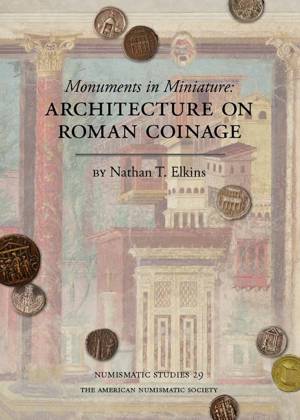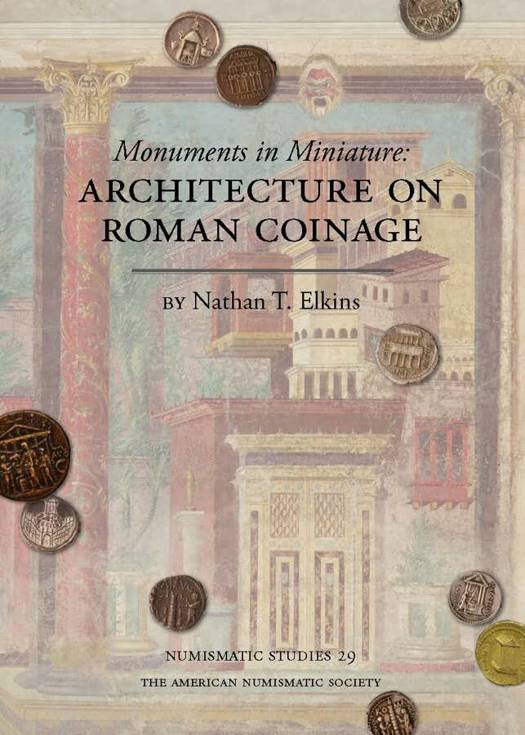
Door een staking bij bpost kan je online bestelling op dit moment iets langer onderweg zijn dan voorzien. Dringend iets nodig? Onze winkels ontvangen jou met open armen!
- Afhalen na 1 uur in een winkel met voorraad
- Gratis thuislevering in België vanaf € 30
- Ruim aanbod met 7 miljoen producten
Door een staking bij bpost kan je online bestelling op dit moment iets langer onderweg zijn dan voorzien. Dringend iets nodig? Onze winkels ontvangen jou met open armen!
- Afhalen na 1 uur in een winkel met voorraad
- Gratis thuislevering in België vanaf € 30
- Ruim aanbod met 7 miljoen producten
Zoeken
Omschrijving
The regular representation of the built environment on coins was a purely Roman phenomenon among the ancients. In the Greek world, architectural representation on coinage was very uncommon; when it did appear it referred directly to the local identity of the issuing state. Coins of the Persian satrapies only rarely depicted fortifications in conjunction with traditional Persian emblems of royalty, power, and shrines of the chief deities in the minting city. The Roman use of the iconography of building was fundamentally different. From the first occurrence in 135 BC through the late Roman Empire, the architectural images on coins from Rome commemorated or politicized the monument in question. By the mid-first century BC and into the Imperial period, architecture had become commonplace in the repertoire of Roman coin iconography. Representation of monuments is one of the most beloved (and belabored) topics in studies of Roman coin iconography. It is also a theme in dire need of re-exploration. This comprehensive and chronological approach to architectural coin types conveys the complexity of the subject and underscores how the designs were symptomatic of, and sensitive to, the underlying social, cultural and historical trends that affected both Roman art and Roman society at large.
Specificaties
Betrokkenen
- Auteur(s):
- Uitgeverij:
Inhoud
- Aantal bladzijden:
- 240
- Taal:
- Engels
- Reeks:
- Reeksnummer:
- nr. 29
Eigenschappen
- Productcode (EAN):
- 9780897223447
- Verschijningsdatum:
- 31/10/2015
- Uitvoering:
- Hardcover
- Formaat:
- Genaaid
- Afmetingen:
- 208 mm x 297 mm
- Gewicht:
- 1065 g

Alleen bij Standaard Boekhandel
+ 305 punten op je klantenkaart van Standaard Boekhandel
Beoordelingen
We publiceren alleen reviews die voldoen aan de voorwaarden voor reviews. Bekijk onze voorwaarden voor reviews.











